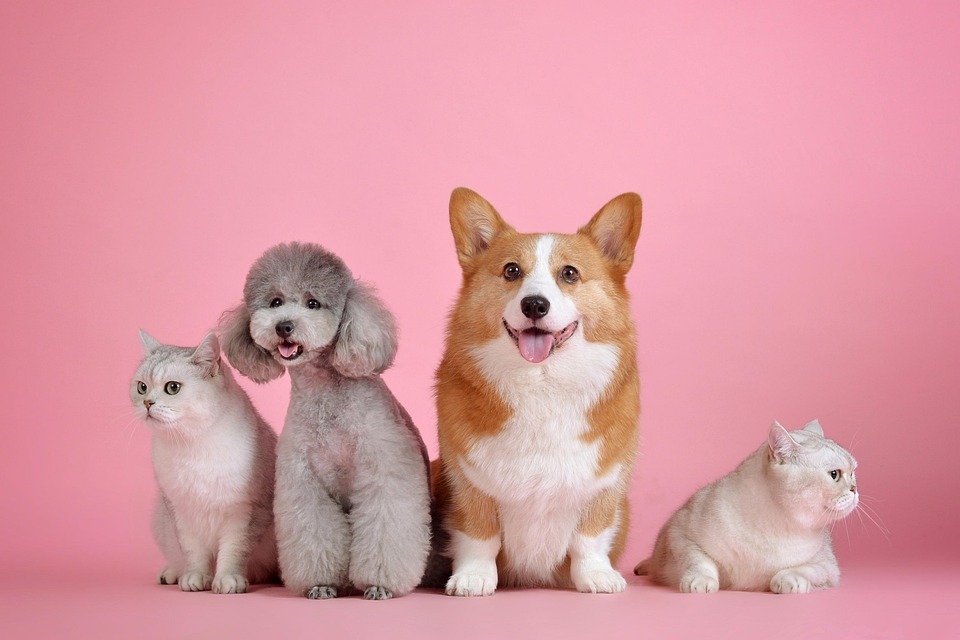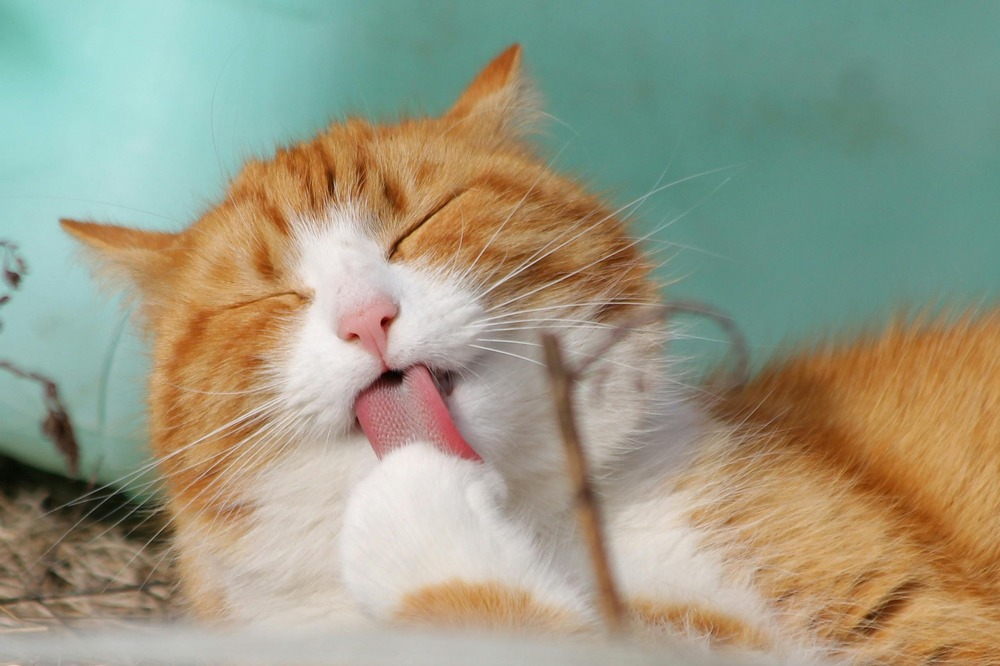Cats are known for their unique personalities and ways of communicating with humans. Understanding their behavior, including vocalizations and body language, can help strengthen the bond between you and your feline companion. This article will explore the different types of meows, body language cues, and other behaviors that cats exhibit, providing insights into their emotional states and needs.

Decoding Meows
Cats use meows to convey various emotions and needs. Here are some common types of meows and their meanings:
-
Short Meow 🙋♀️: A brief, high-pitched meow is often a friendly greeting or a request for attention. It's like saying "hello" or "I'm here" 🐱.
-
Long Meow 📣: A drawn-out, low-pitched meow can indicate frustration, hunger, or a need for something specific. It's a way of saying, "I need something now" 🕰️.
-
Multi-Meow 📞: A series of meows in quick succession is typically a more urgent demand or expression of distress. It's like a cat saying, "Please help me!" 🚨.
-
High-Pitched Meow 😨: A meow with a higher-than-normal pitch can signify pain, fear, or stress. It's a warning sign that your cat needs comfort or medical attention 🏥.
Understanding Body Language
Cats communicate extensively through body language, which includes postures, facial expressions, and tail positions. Here are some key signs to look out for:
-
Kneading 🍞: Kneading is a sign of comfort and affection. Cats often do this when they feel relaxed and nostalgic, remembering when they were kittens nursing from their mother 🐾.
-
Purring 🐱: Purring is a soft, rhythmic sound that cats produce when they are content. However, it can also indicate anxiety or discomfort in some situations 🤯.
-
Slow Blinking 👀: When a cat looks at you and then slowly closes and reopens its eyes, it's a sign of trust and affection. It's like saying, "I love you" ❤️.
-
Head Butting 🤗: If your cat bumps their head against you or rubs their face on you, they're being affectionate and marking you as part of their territory 🐾.
Statistics on Cat Communication
Here is a table summarizing some statistics related to cat communication:
| Behavior | Description | Frequency |
|---|---|---|
| Meowing for Attention 🗣️ | Cats meow to get attention or express needs. | Up to 70% |
| Kneading for Comfort 🍞 | Kneading is a sign of relaxation and affection. | 60% |
| Purring for Contentment 🐱 | Purring often indicates happiness but can also signal anxiety. | 80% |
| Slow Blinking for Trust 👀 | Slow blinking is a sign of trust and affection. | 90% |
| Head Butting for Affection 🤗 | Head butting is a way cats show affection and mark territory. | 70% |
Advanced Techniques for Decoding Cat Behavior
For a deeper understanding of your cat's behavior, consider these advanced techniques:
-
Facial Expressions 🤔: Pay attention to the eyes, mouth, and overall facial tension. A relaxed face indicates happiness, while a tense face may signal anxiety.
-
Tail Language 🌟: Tail positions can convey different emotions. A wagging tail might indicate excitement or playfulness, while a tucked tail can suggest fear or submission.
-
Ear Positions 👂: Ears that are erect and forward suggest confidence, while ears that are back or flat may indicate fear or submission.
Social Interactions and Goal Meshing
Cats are capable of initiating and controlling social interactions with humans. Here are some insights into their social behavior:
-
Initiating Interactions 📞: Cats often initiate interactions by approaching or vocalizing. They determine how long these interactions last, which can be influenced by their mood and needs.
-
Cross-Modal Matching 🧠: Cats can match pictures of emotional faces with their related vocalizations, showing an understanding of emotional cues from both humans and other cats.
-
Fetching Behavior 🏀: Some cats exhibit fetching behavior, which they often initiate and control. This shows their ability to engage in coordinated play with humans.
Lifestyle Adjustments for Better Communication
In addition to understanding meows and body language, making lifestyle adjustments can enhance your communication with your cat:
-
Environmental Enrichment 🌿: Providing a stimulating environment with toys, climbing structures, and interactive games can reduce stress and promote mental health.
-
Social Interaction 🐾: Spending quality time with your cat, such as playing or simply cuddling, can strengthen your bond and improve their emotional well-being.
-
Hydration and Nutrition 💧🍴: Ensuring access to fresh water and a balanced diet is crucial for maintaining overall health.
Training and Socialization
Proper training and socialization are essential for helping your cat develop good communication skills:
-
Positive Reinforcement Training 🎯: Using positive reinforcement techniques can encourage desired behaviors and reduce anxiety.
-
Desensitization and Counterconditioning 🌟: These techniques can help your cat become less reactive to triggers that cause stress or fear.
-
Socialization with Other Pets 🐶: Socializing your cat with other pets can help them become more confident and calm in multi-pet households.
Creating a Supportive Environment
Creating a supportive environment can enhance your cat's well-being and improve communication:
-
Quiet Spaces 🛋️: Providing quiet areas where your cat can retreat when feeling overwhelmed can help reduce stress.
-
Vertical Space 🌆: Offering vertical space with cat shelves or climbing structures can give your cat a sense of security and control.
-
Scratching Posts 🧹: Scratching posts help maintain nail health and provide an outlet for natural scratching behavior.
Remarks
Understanding cat behavior is essential for building a strong bond with your feline companion. By recognizing different types of meows, body language cues, and social behaviors, you can tailor your approach to meet your cat's emotional needs. Remember, every cat is unique, so it's important to consider individual differences and contextual behaviors when interpreting their communication 🐾🌟.
Incorporating this knowledge into your daily interactions can significantly enhance your relationship with your cat. Whether it's recognizing early signs of stress or understanding playful invitations, being aware of cat behavior can lead to a more harmonious and fulfilling life for both you and your cat 🐾💕. By combining these insights with patience and understanding, you can create a supportive environment that fosters trust and companionship 🌟.
Moreover, building a strong relationship with your veterinarian is essential for receiving personalized advice tailored to your cat's specific needs. Regular communication can help identify potential health issues before they become serious problems. With the right care and attention, your cat can live a long, happy, and healthy life 🐾🌟.




